A car accident involving many vehicles can happen in the blink of an eye, even during a seemingly normal journey. Large amounts of property damage, personal injury, and even death can result from collisions involving three or more automobiles. When more than one car is involved, determining blame is crucial. Insurance payouts, court cases, and the assignment of costs all depend on this verdict.
Gathering Evidence
The accident scene is the first stop in the process of assigning blame. The first stage in what can be a lengthy and complex procedure is collecting evidence. Photos, testimonies from witnesses, and police records are all examples of acceptable evidence.
Photographs describe the accident scene visually, including the placements of vehicles, the state of the road, and any damage. They provide investigators with vital background information and help reconstruct what happened.
Statements made by witnesses are often relied upon heavily for assigning blame. First-hand descriptions of the accident from those who were there can provide light on what happened both immediately before and immediately after the crash. Explore Legal Finders to find the best car accident lawyers who ought to use this evidence to establish a claim and fair compensation. These statements can either bolster or undermine the weight of other pieces of evidence, ultimately influencing the determination of blame.
Evidence gathering relies heavily on police reports. Upon arrival, law enforcement conducts interviews with witnesses, evaluates car damage, and notes any infractions of traffic laws. An official report is generated from this data, and it may be used as evidence to establish liability.
Police Investigation
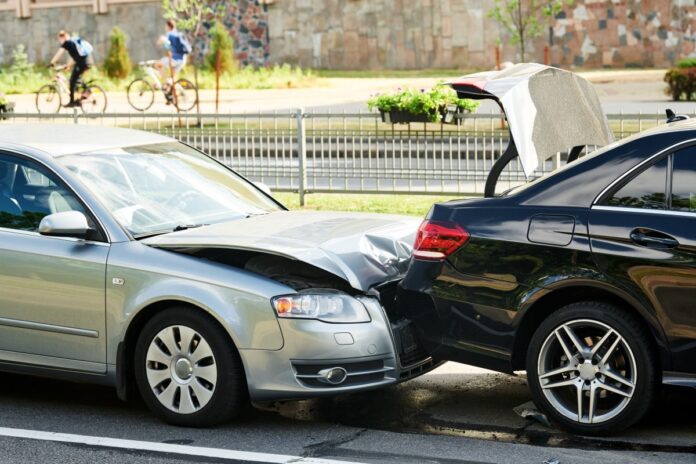
When it comes to determining who is at responsibility in incidents involving many vehicles, law enforcement officials are invaluable. When they get there, they have to start collecting evidence, conducting interviews with relevant people, and assessing the situation. Their top priority is preserving peace and order and avoiding any additional mishaps.
Officers in the police force are taught to make objective judgments. They investigate the scene, question potential witnesses, and make a determination based on their findings. Insurance companies and lawyers can rely on their reports, which often include statements from parties involved and details of any citations issued.
Traffic Laws and Regulations
All drivers are responsible for adhering to the rules and regulations outlined in traffic laws. These rules are crucial in establishing liability. When multiple vehicles are involved in an accident, violations of traffic laws might be used as proof of fault.
For instance, the driver who disregarded a red light and caused an accident is the one who will likely face the brunt of the blame. This is because disregarding a red light is a serious infraction of traffic law and often indicates carelessness.
However, not every scenario has a clear-cut answer like a red light infraction. It’s not uncommon for accidents to be caused by several violations of traffic laws. Determining relative fault in such situations is of the utmost importance.
Eyewitness Testimonies
A human dimension is often brought to culpability determination through the testimony of eyewitnesses. They may shed light on the events immediately preceding and following the crash. When other pieces of evidence are lacking or when many parties dispute fault, these eyewitness statements can be invaluable.
Witnesses can provide information about the road conditions, vehicle speeds, and driver behavior. Their accounts can be used to determine what happened and who might be at fault. To be sure, it’s important to keep in mind that eyewitness statements aren’t always objective and may differ depending on who you ask. The need for a thorough inquiry is highlighted by the fact that inconsistent testimonies might make culpability determination more difficult.
Expert Witnesses
Expert witnesses are especially helpful in cases involving multiple vehicles. These professionals, who typically work in the field of accident reconstruction, have extensive knowledge in areas like physics, vehicle dynamics, and accident analysis. With this information, they are able to reconstruct the incident and offer authoritative assessments of liability.
Skid marks, vehicle damage, and other forms of physical evidence can help accident reconstruction experts calculate the speeds and paths of the cars involved. This information can be used to determine what happened and who is at responsibility. Their evidence can be quite helpful in court since it offers a scientific and objective view of the incident. Professionals in the insurance industry and the legal field frequently consult with expert witnesses.
Comparative Negligence
There is often more than one party to blame in multi-car accidents. In its place is the doctrine of comparative negligence. According to the doctrine of comparative negligence, fault for an accident might lie with more than one party.
To determine how much responsibility each person bears for an accident, the doctrine of comparative negligence is applied. Both drivers may share some responsibility if, for instance, one was speeding and the other made a lane change that was unsafe. Responsibility for losses and harm is allocated according to the degree of fault. This method assures a just distribution of blame when several variables combine to cause an incident. It acknowledges the complexity and variety of faults.
Video Surveillance and Dashcams
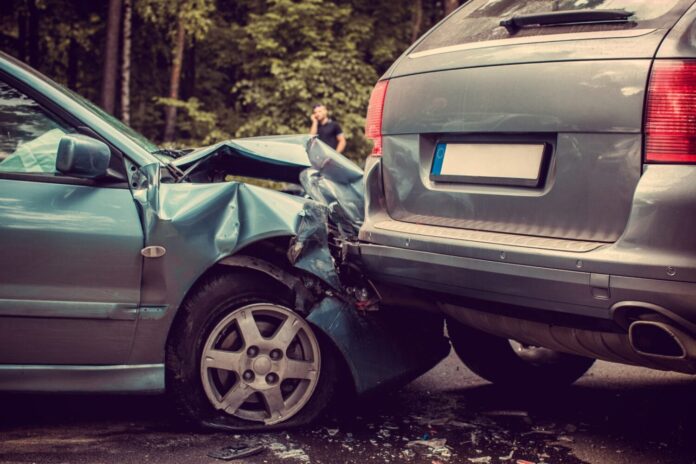
Recent developments in technology have led to a sea change in how incidents involving several vehicles are investigated for at-fault parties. These days, it’s not uncommon to see video surveillance cameras or dashboard cameras (dash cams) along the roads. Many accidents that occur at crossroads or on highways are caught on camera. These films can be used to verify other evidence and provide an unbiased account of what happened.
Many cars now have dashboard cameras that can provide a unique vantage point of an accident from within the vehicles. They document the driver’s movements, vehicle velocity, and responses just before impact. When deciding blame in difficult situations where the driver’s actions are critical, dashcam film can be quite helpful.
Vehicle Damage Assessment
In multi-vehicle collisions, the degree of damage to each car may reveal who was at fault. The nature and extent of the damage sustained by each vehicle may shed light on what happened.
In the case of rear-end crashes, for instance, the damage sustained by the trailing vehicle suggests that its driver was at fault for failing to keep an appropriate following distance. On the other hand, side-impact crashes may point to a driver’s refusal to give way.
Professionals in the field of automotive damage assessment inspect each vehicle in question. The information they gather will help them piece together what happened and shed light on what may have caused the disaster.
Insurance Claims and Investigations
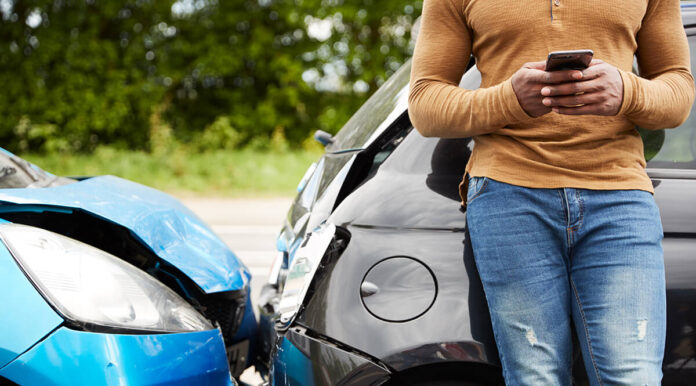
The role of insurance companies in determining culpability is substantial. In the aftermath of a collision involving many vehicles, policyholders often submit claims with their insurers. Insurance adjusters are the ones that look into these claims and figure out who is at fault.
The adjuster will collect evidence, examine police reports, and evaluate car damage. The opinions of policyholders and other interested parties are also taken into account. They then use that information to figure out how much insurance each side needs.
The goal of insurance settlements is to satisfy both the insured and the insurance company. It’s possible, though, that these conclusions won’t always line up with what law enforcement and the courts decide.
Legal Proceedings
In cases involving multiple vehicles, determining who is at fault and who is liable may require legal intervention. A court hearing may be necessary if the parties involved or their insurance providers are unable to resolve the dispute amicably. Evidence and arguments are presented in court before a judge or jury.
Each party may present witnesses and/or experts to back up their arguments. After hearing evidence, the judge or jury will determine liability and award damages. The monetary repercussions of a court’s decision of fault can be substantial. If one party is found at fault, the other parties may be entitled to compensation for their injuries, property damage, and other losses.
Endnote
Sometimes it’s hard to tell who’s at fault in an accident if multiple cars were involved. Evidence at the scene of the collision, traffic laws, and expert witness testimony all factor into who is at fault. Critical information about an accident can be gleaned through eyewitness accounts, video surveillance, and dashcam footage. When numerous people are to blame, comparative carelessness divides the blame fairly. Claims on insurance, legal actions, and financial obligations can all be impacted by who is at responsibility. It’s a must for restoring communities after natural disasters.

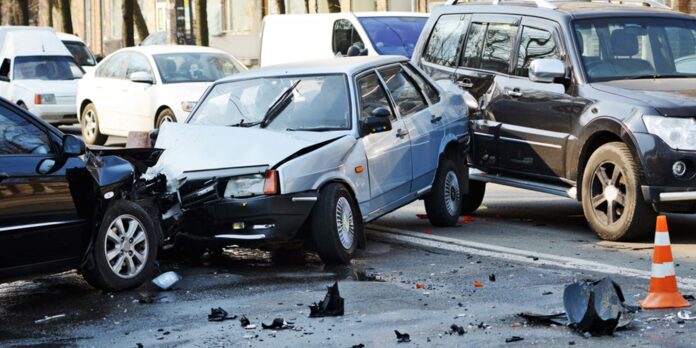
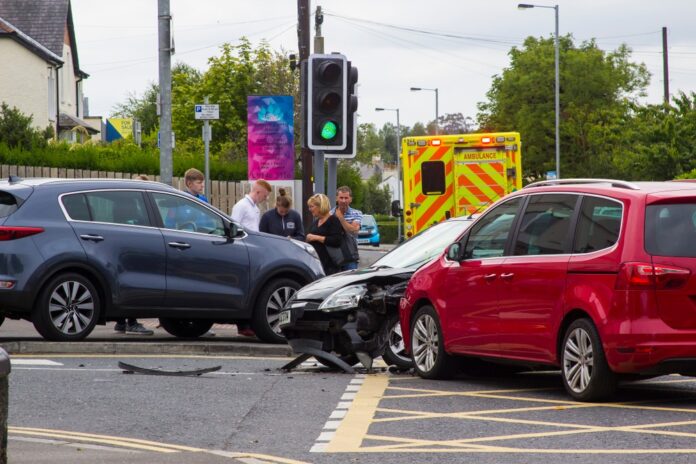
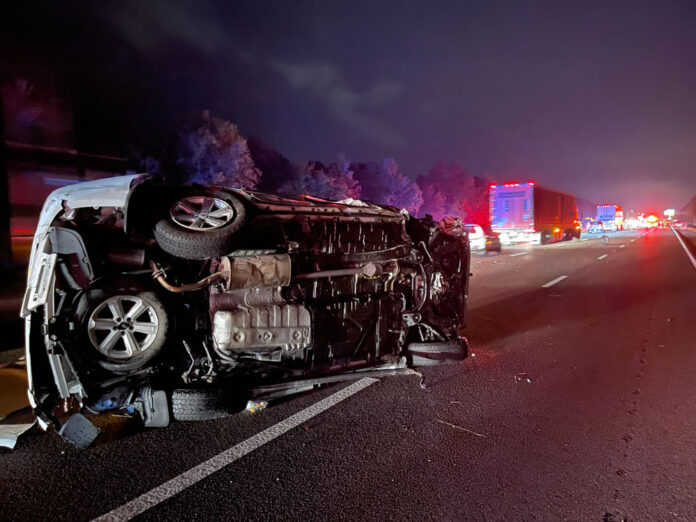
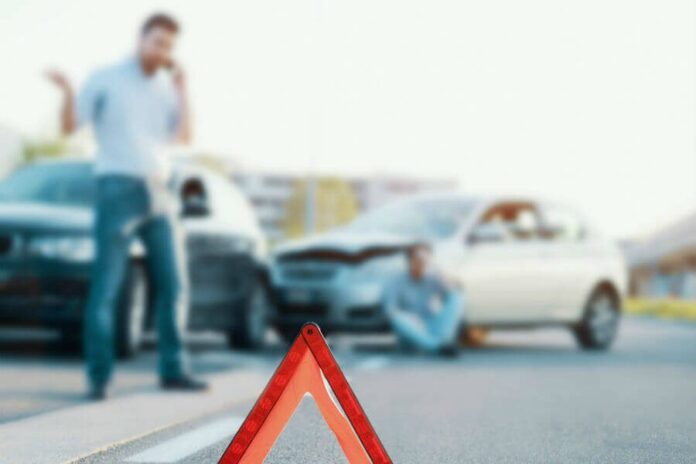



![Calgary’s Hottest Neighborhoods for Luxury Homebuyers [2024]](https://thewashingtonote.com/wp-content/uploads/2024/04/Calgary-324x160.png)



